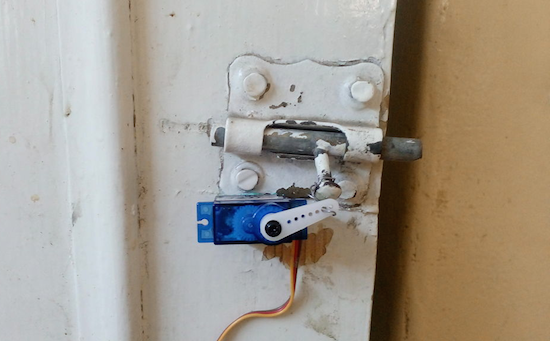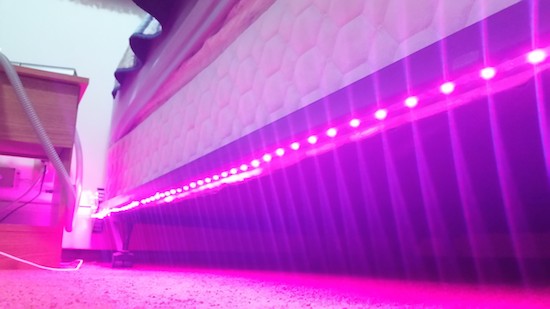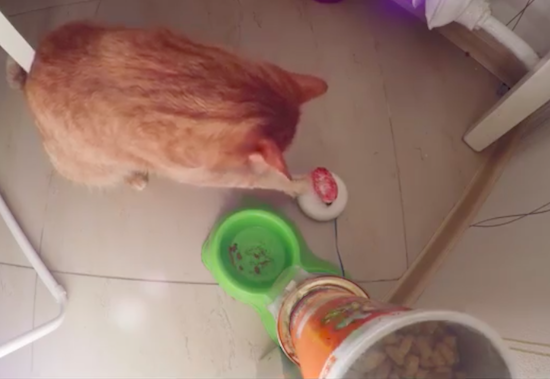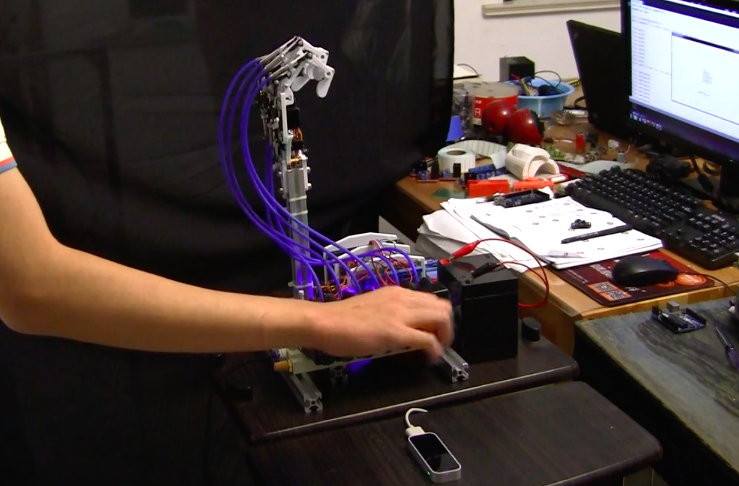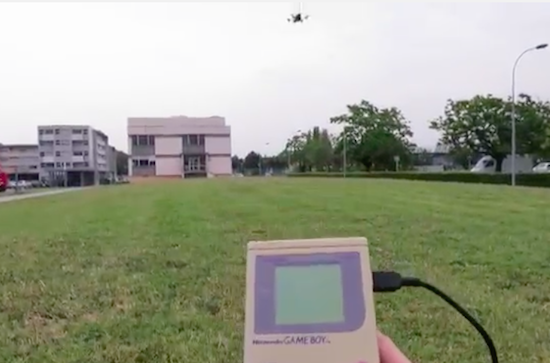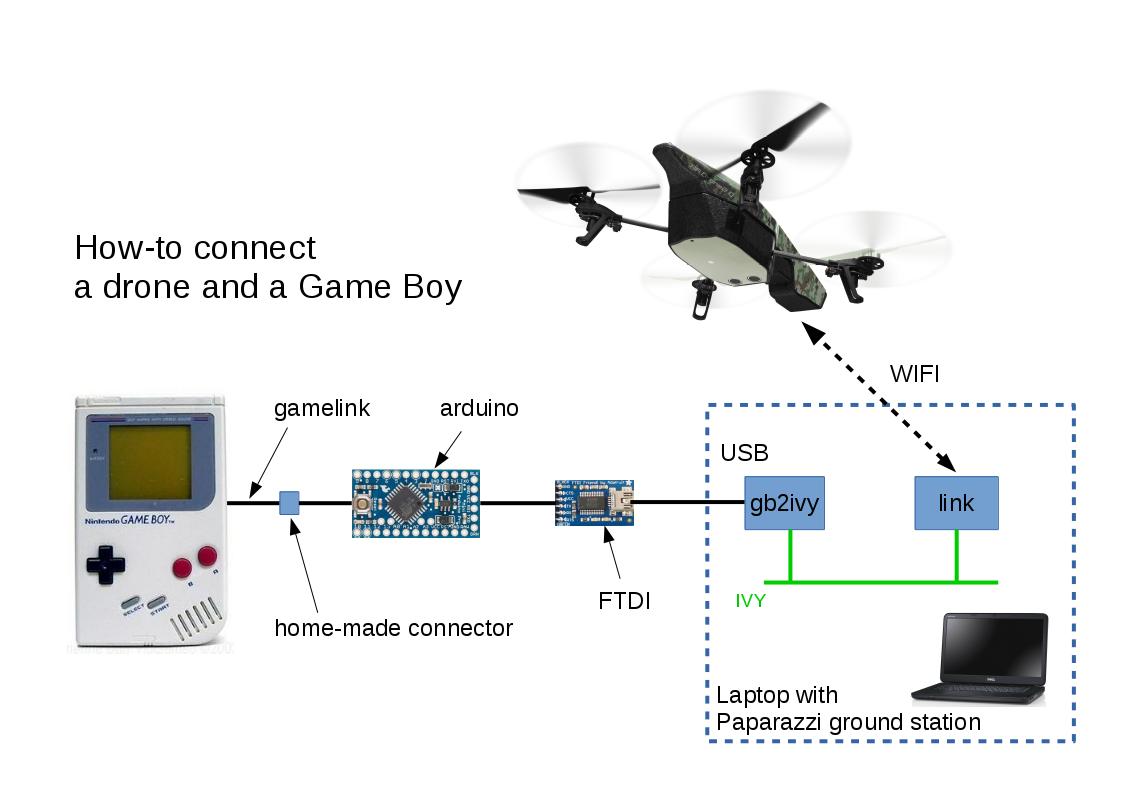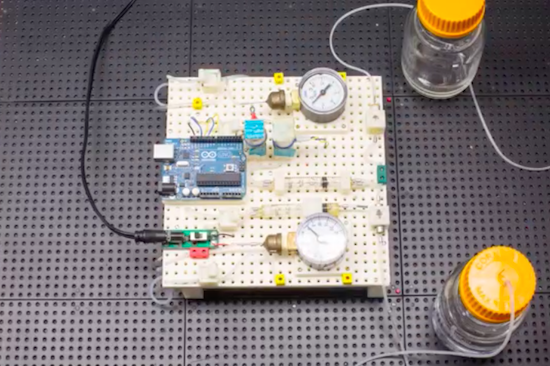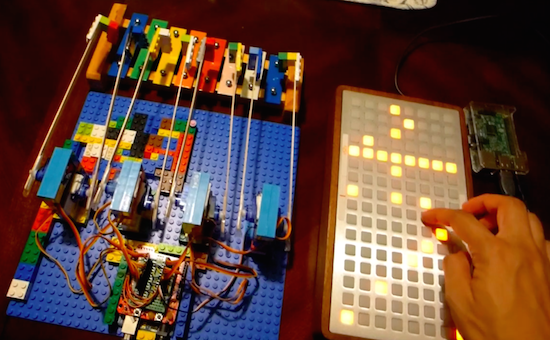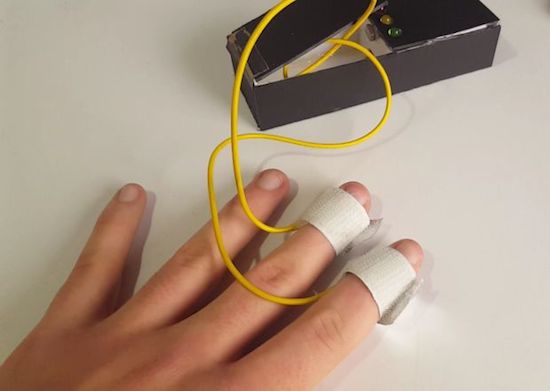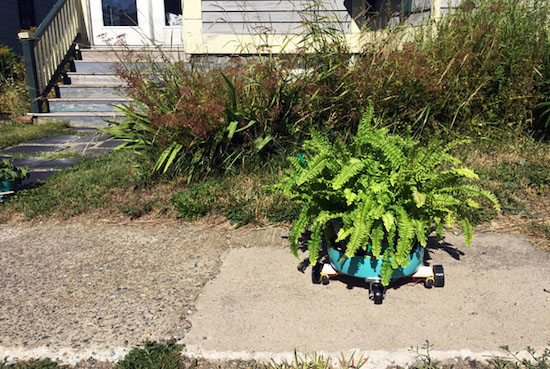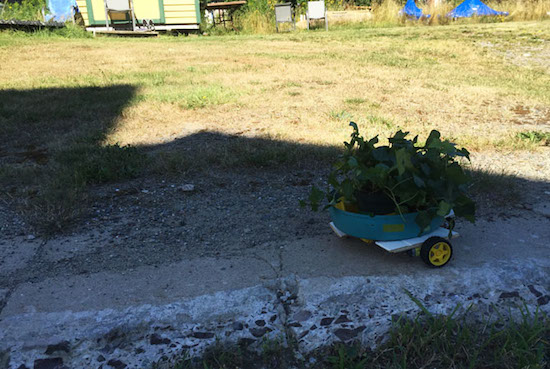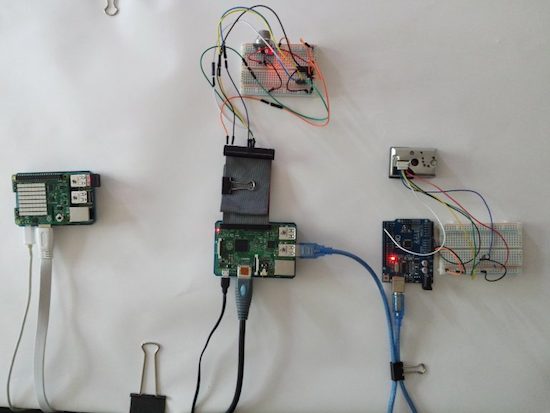
Not only can asthma be difficult to diagnose, it can be fatal if left undetected. As a result, many kids are over-diagnosed with the disease, especially those under five, and over-treated with inhalers which leads to reduced growth and immunity. At just age nine, Arnav Sharma discovered that the best way to manage asthma is to prevent attacks by understanding their triggers and following a treatment plan. His solution? The AsthmaPi kit.
Sharma’s inexpensive device consists of an Arduino Uno, a Raspberry Pi, a Sense HAT, a MQ-135 gas sensor and a Sharp optical dust sensor. Intended for parents of children suffering from asthma and those not sure about the diagnosis, the kit sends emails and text message reminders to take their medication and to visit their physician.
The sensors track and collect data about the current temperature, humidity, dust levels and the presence of hazardous gases, all of which can be used to better understand an individual’s triggers and to avoid severe attacks. It will also enable children and their parents with better self-management of asthma.
Although the kit was developed particularly with children in mind, it can be just as helpful for adults as well. With an idea this incredible from a nine-year-old, it’s no wonder he was the recipient of this year’s Tech4Good People’s Choice and Winner of Winners awards.
